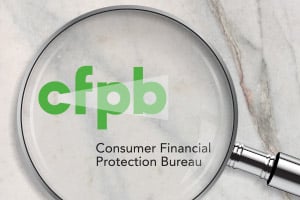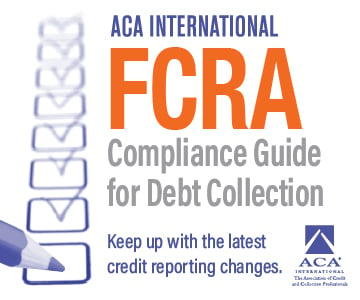 The bureau says these changes are likely due to mortgage forbearances, the federal student loan repayment pauses, and federal cash transfers that occurred during the pandemic.
The bureau says these changes are likely due to mortgage forbearances, the federal student loan repayment pauses, and federal cash transfers that occurred during the pandemic.
01/27/2023 10:10 P.M.
2.5 minute read
Consumer credit scores improved during the COVID-19 pandemic, suggesting that pandemic-era mortgage forbearances, the federal student loan repayment pauses, and federal cash transfers that improved some consumers’ financial wellbeing drove the overall credit score increases, according to a report from the Consumer Financial Protection Bureau’s (CFPB) Office of Research.
In the report, the CPFB analyzes increases in scores by looking at credit score tiers: deep subprime, subprime, near-prime, prime, and superprime.
The bureau found that the deep subprime and subprime tiers experienced the biggest upward shift, though individuals in higher credit score tiers were also more likely to move up at least one tier than they were before the pandemic.
The bureau used available data to examine the transitions of consumers across credit score tiers using a commercially available credit score. The data are quarterly snapshots from June 2010 through June 2022 of the Consumer Credit Panel (CCP).
Key findings include:
- Forty-three percent of consumers with subprime credit scores moved up at least one tier during the pandemic, whereas in the 10 years prior to the pandemic, only 37% moved up at least one tier.
- Seventy-nine percent of consumers who had deep subprime credit scores were in the same credit score bin one year later. The remaining 21% of these consumers moved to higher credit score bins, with 16% moving to the subprime credit score tier, 4% moving to the near-prime tier, and 1% moving to the prime tier.
- Transitions out of the deep subprime tier became more common during the pandemic, with only 74% of consumers remaining in that tier one year later. Transitions to the subprime, near-prime, and prime tiers were more common.
- Before the pandemic, 37% of consumers with subprime credit scores remained in the subprime tier after one year, and 26% fell to the deep subprime tier. These shares fell to 35% and 22%, respectively, after the pandemic. Furthermore, the share of consumers transitioning to the near-prime tier increased from 28% to 30%; to the prime tier, 8% to 11%; and to the super-prime tier, from 1% to 2%.
- Of consumers with near-prime credit scores, 24% transitioned to a lower tier before the pandemic, compared to 21% after. These shares were 17% and 15% for consumers with prime credit scores, and 8% and 7% for consumers with superprime credit scores.
- Thirty-seven percent of consumers with near-prime credit scores moved to a prime or superprime credit score before the pandemic, while 43% of these consumers improved their credit score tier during the pandemic. The share of consumers with prime credit scores that transitioned to superprime increased from 27% before the pandemic to 31% during the pandemic.
If you have executive leadership updates or other member news to share with ACA, contact our communications department at [email protected]. View our publications page for more information and our news submission guidelines here.
 The bureau says these changes are likely due to mortgage forbearances, the federal student loan repayment pauses, and federal cash transfers that occurred during the pandemic.
The bureau says these changes are likely due to mortgage forbearances, the federal student loan repayment pauses, and federal cash transfers that occurred during the pandemic.













